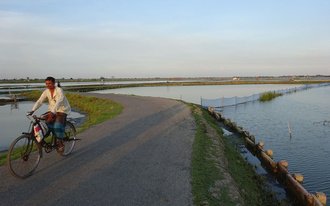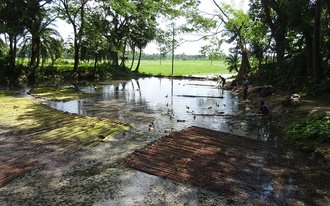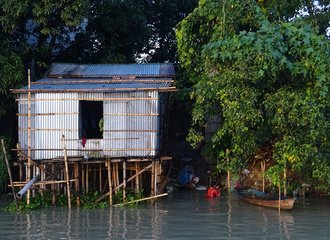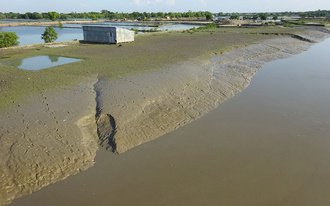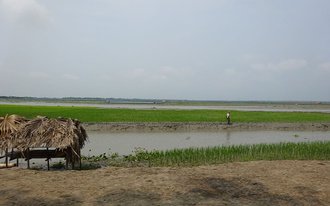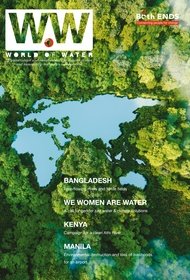“Poldering” to face climate change
Last week Mark Rutte met with Ban Ki Moon, Bill Gates and World Bank Director Kristalina Georgieva in Davos. They are the chairpersons of the Global Commission on Adaptation, which was also founded by the Netherlands. This is an important organisation because, as Rutte wrote on Twitter, "climate change is the biggest challenge of this century," and as an international community we should "pay attention to the problems of the countries that are being threatened by climate change."
One of those problems is the increase in floods. In the Netherlands we have learned how to deal with a water surplus throughout the years. For example, after years of damming the rivers and keeping out sea water, we have paved the way for 'Room for the River'. Moreover, everyone in the Netherlands has always been involved in water management to some degree: it is not without reason that our water authorities are over 750 years old and among the oldest democratically chosen authorities in the Netherlands, and, according to some, in the entire world.
We are more than happy to share our knowledge of water management with other countries. After heavy floods in Bangladesh in the 1950s, the flood plains of the coastal area were converted into 139 polders with the help of Dutch expertise, 39 of which are located in the southwest. These polders kept the water outside of the dikes to protect the land from future floods. Unfortunately, the polders only helped for a short time. The large amounts of sediment (mud) that play an important role in the Bengali water system hadn't sufficiently been taken into account in the design of the polders. As a result, these sediments clogged the pumping stations and accumulated on the river bed. This led to a raise of the river bed beyond the land level of the polders.
This could happen because the Dutch applied the technique of empoldering (creating polders), while they did not introduce the process of 'polderen' (the Dutch way of first talking to all stakeholders before making decisions) in Bangladesh. The inhabitants of the southwestern coastal area were not sufficiently involved in the design and implementation of the plan. Those local communities used to flood the plains in a controlled way with muddy flood water. This resulted in a new layer of fertile soil as well as a rise in land levels. Another beneficial side effect was that the sediment didn't accumulate in the rivers, so that the water could flow back into the ocean without any problems. Civil society organisations such as Uttaran have incorporated this local knowledge into a method that is now known as 'Tidal River Management'.
For the low-lying Bangladesh, today's climate adaptation is extremely urgent since the sea level is rising and weather conditions are becoming more and more extreme. Last year, the Bangladesh Delta Plan 2100 (BDP2100), which was partly made possible by the Netherlands, was approved. One positive aspect is that this plan has already selected seven of the 39 polders for Tidal River Management. This method is not just a technical solution, but – just like the Dutch polder system - it originates from the local social structures that have always been necessary to manage delta areas such as Bangladesh and the Netherlands.
Consequently, Bangladesh now has a great opportunity to actively involve civil society organisations and inhabitants in the execution of the new Delta Plan and also to restore the old social structures. In this way, they are able to adapt to climate change the most effectively. With this participatory polder model, Bangladesh and the Netherlands can serve as an example of how the Global Commission on Adaptation can act in drafting and executing its plans for climate adaptation.
For more information
Read more about this subject
-
News / 13 August 2021
Food sovereignty in the polders of Southwest Bangladesh
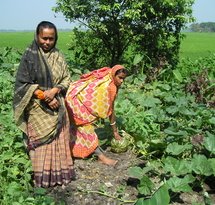
The situation in the southwest delta of Bangladesh is critical. Because of sea level rise, floods are increasing and the area is about to become uninhabitable, despite Dutch-style dikes and polders built in the previous century. Partner organisation Uttaran works with local communities on climate-friendly solutions that restore the living environment and give the inhabitants a say about their future and food production.
-
News / 22 March 2021
The importance of a gender perspective in Dutch water policies
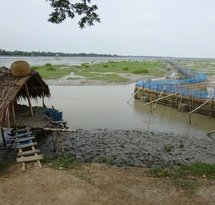
An increasing number of stakeholders in the Dutch water sector are acknowledging the importance of an inclusive approach to climate adaptation. However, where our knowledge institutes and companies are involved in delta plans and master plans, as in Bangladesh and the Philippines, this approach is proving difficult to apply in practice. Taking local realities, vulnerabilities and inequalities – such as those between men and women – as a starting point is essential for good plans that give everyone the opportunity to adapt to climate change.
-
External link / 19 June 2020
Community-based governance for free-flowing tidal rivers (Annual Report 2019)
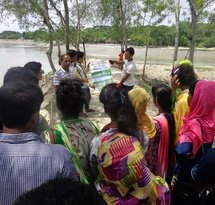
Tidal River Management (TRM) is based on age-old community practices. In 2019, Uttaran helped ensure that TRM was seen by policymakers as a solution to waterlogging in the delta of Bangladesh, and that the voices of women and youth were being taken into account.
-
News / 4 July 2019
Bangladesh: Involving communities for free rivers
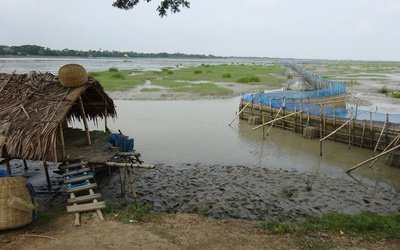
Tidal rivers in the southwest coastal area of Bangladesh have been dying since flood plains were replaced by Dutch-style polders in the 70s. Rivers are silted up, and during monsoon season water gets trapped within embankments. Every year, this situation of waterlogging inflicts adverse consequences particularly on women, as they take care of the household in waterlogged conditions in the absence of men who travel to the city in search of temporary work. NGO Uttaran is advocating for a change in policy and practice.
-
News / 14 June 2021
Concerns about a new airport in vulnerable Manila Bay
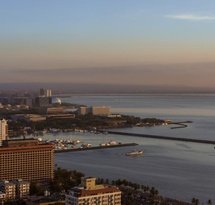
In Manila Bay, a vulnerable coastal area next to the Philippine capital city, a new airport is being planned, with involvement of the Dutch water sector. Local civil society organisations raised their concerns about this airport, which has large impact on the lives of local residents and on the ecosystem.
-
Transformative Practice
A Negotiated Approach for Inclusive Water Governance
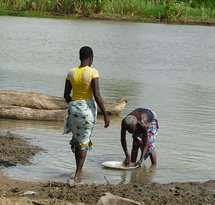
A Negotiated Approach envisages the meaningful and long-term participation of communities in all aspects of managing the water and other natural resources on which their lives depend. It seeks to achieve healthy ecosystems and equitable sharing of benefits among all stakeholders within a river basin. This inclusive way of working is an essential precondition for the Transformative Practices that are promoted by Both ENDS and partners.
-
News / 15 November 2023
Strengthening social movements for inclusive water governance in Bangladesh
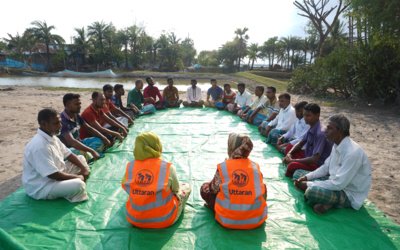
For generations, the people of Bangladesh’ flood-prone deltas have shaped their natural environment to support agricultural production. They used temporary embankments to keep tidal waters out of the floodplains for most of the year and let the rivers flow freely during monsoon season, allowing the sediment to settle on the floodplains as an important part of the delta formation process.
-
News / 26 July 2021
CSOs call upon Dutch government not to support destructive land reclamation in Manila Bay
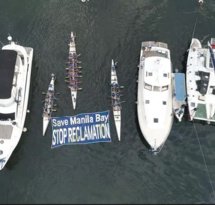
Both ENDS, together with nine other parties has expressed their concern on the development of a new airport off the coast in Manila Bay, Philippines, where the Dutch company Royal Boskalis Westminster has been contracted for the land development. In a joint letter of concern, different organisations and stakeholders describe the alarming situation around this contested airport that will be built on newly reclaimed land.
-
Publication / 21 March 2023
-
News / 21 March 2023
Agua es vida: Both ENDS and water governance
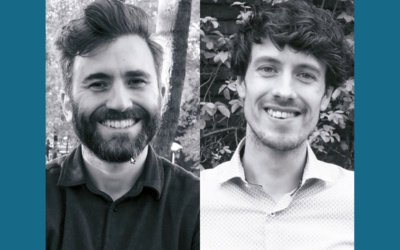
Water is literally life, the lifeblood of ecosystems, of nature, of humans. However, in many places the distribution and use of water is unjust and unsustainable. Water management is generally focused on short-term economic interests, on maximizing the profit of a well-connected few at the expense of people and nature. This dominant view of water and water management has its origins in the European industrial revolution, which became the global norm through colonialism and globalization. But according to Melvin van der Veen and Murtah Shannon, water experts at Both ENDS, this view will have to give way to equitable, sustainable and inclusive water management. Both ENDS cooperates with and supports communities and organisations worldwide who are working to this end.
-
News / 26 January 2022
Ondiri shines again during World Wetlands Day
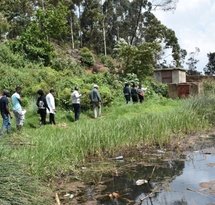
Ondiri wetland in Kenya will host the official national World Wetlands Day
celebration on the 2nd of February. This news was received with much joy by the residents of Kikuyu Town and conservationists. For many years, Ondiri Wetland was
polluted and degraded, especially due to encroachment and greenhouse farming. But thanks to sustained and concerted efforts by the residents together with a broad range of governmental and non-governmental stakeholders, the conservation of this critical wetland is now being secured. Violet Matiru from Kenyan organisation Millennium Community Development Initiatives (MCDI), finds it a great honor that Ondiri was selected for the celebrations. "The cherry on the pie!" -
Event / 23 August 2021, 13:00 - 14:00
World Water Week seminar: the politics of water and the choices we can make
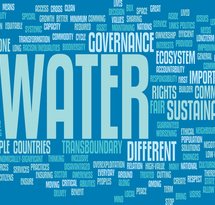
What do we mean when we say the 'politics of water'? How are the distribution of water and the access to water influenced by political-economic interests? And who has the power to reverse the flow and change tides?
-
News / 3 July 2019
Kenya: Community Network for a healthy Athi river
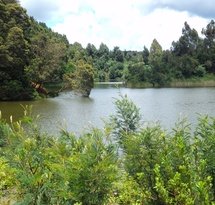
Through pollution and water scarcity, communities along the Kenyan Athi River have learnt the hard way that upstream and downstream communities are inevitably connected. In response to indiscriminate impacts on the environment and people's livelihoods, civil society organisations within the Athi River Basin formed the Athi River Community Network (ARCN).
-
News / 2 July 2019
Indonesia: Women’s Right to Water
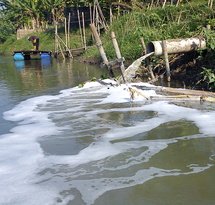
The water quality of East Java's largest river, the Brantas River, is increasingly deteriorating due to a combination of industrial and household waste. This environmental pollution has a disproportionate impact on women. Yet, their participation in decision-making remains lacking. ECOTON is working to improve the situation.
-
News / 19 August 2021
Violet Matiru: “Communities around colonial Ruiru I Dam still struggle”
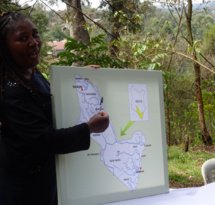
After many years of advocating for strong environmental policies at international platforms such as the UN, Kenyan Violet Matiru asked herself: "How does all this lobbying trickle down to our communities? How does this help our mothers who are still struggling with fetching water and cooking on wood stoves?" This is when she and her colleagues founded MCDI Kenya (Millennium Community Development Initiatives) and started to work with local communities. We talked to her about the historical and current power imbalance in water governance and her efforts to improve water governance in the Athi River basin, that runs all the way from upstream of Nairobi, through the city, into the Indian Ocean.
-
Dossier
Inclusive ways to sustainable and healthy food for all
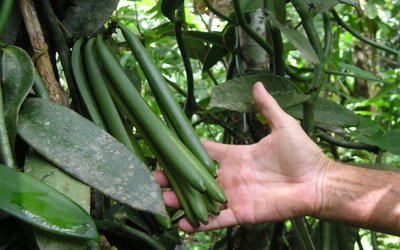
All around the world small-scale farmers are using sustainable and inclusive methods to produce food. Working together with nature and each other, they provide their families and communities with sufficient and healthy food. But their production methods are under pressure from large-scale agriculture and the globally dominant system of industrial food production. Together with our partners, Both ENDS is trying to turn the tide in favour of sustainable, local practices that are mostly known as 'agro-ecological' or 'nature-inclusive'. Why are we focusing on these methods? Agro-ecological practices are climate-proof and inclusive and increase the opportunities for communities around the world to produce their food sustainably.
-
Video / 8 November 2019
Athi River Community Network

The Athi River Community Network is made up of communities who live along the Athi River watershed. Members of the Athi River Community Network promised to join forces with the Friends of Ondiri Wetland to ensure that this critical wetland is restored and conserved for the sake of current and future generations.
-
External link / 28 November 2017
Video: Getting control over natural resources: the Negotiated Approach

-
News / 13 October 2023
Water is life, water is food: World Food Day 2023
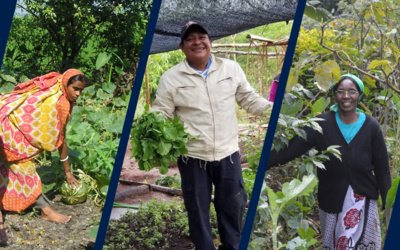
"Water is life, water is food" is this year's theme for World Food Day. Our partners around the world know all too well that this is a very true sentence. To celebrate World Food Day 2023 this October 16th, we'd like to show a few examples of how our partners fight for the right to water and this way, contribute to local food sovereignty at the same time.
-
News / 22 January 2024
Is the Netherlands’ reputation as a world leader in the field of water knowledge deserved?
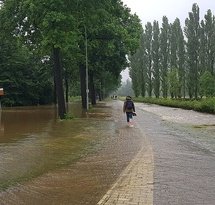
The Netherlands is a major player in the global water sector, but our investments can quite often lead to human rights violations and environmental problems in the countries where they are made. What can a new Dutch government do to reduce the Netherlands’ footprint beyond our borders? Ellen Mangnus spoke to various experts about this issue: today, part 3.



